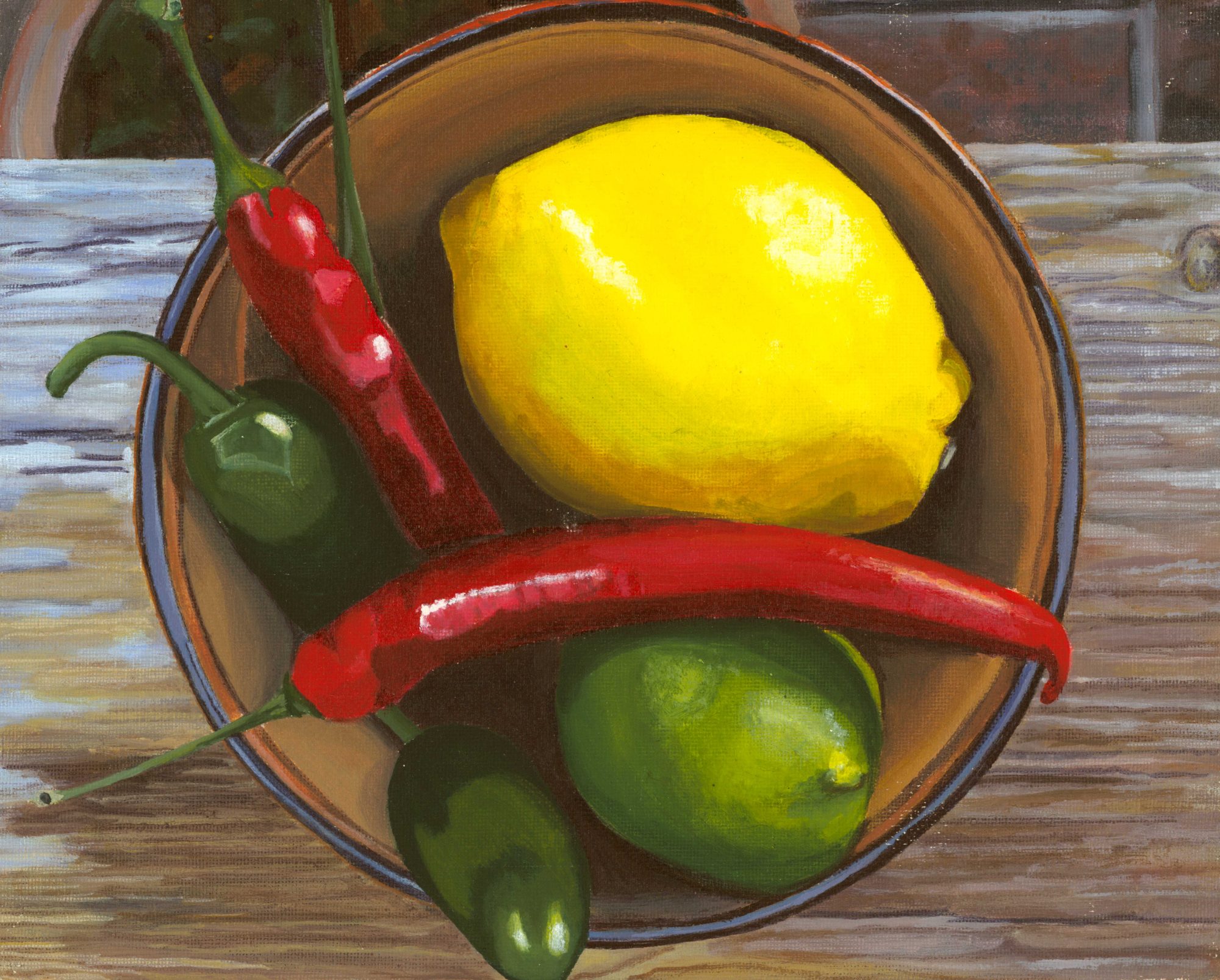The soil here is clay, and dries in clumps the chalky grey-brown of spoiled chocolate, streaked with yellow. It gets waterlogged fast but is fertile, was farmed for thousands of years. Roman, Saxon and Iron Age remains were all discovered as the town was built, ridge-and-furrow fields and post-hole circles seen from the air.
Behind the next street are the scattered remains of an orchard; apples and plums peering out of hedgerows, a pear tree decades older than the house whose fence now encloses it.
There must be a dozen villages, some medieval, caught like flies in amber within the tracts of modern housing and logistics centres that spread inexorably across open ground, the houses ever smaller and more densely packed; the warehouses growing like Alice until you can probably see them from space.
The villages are now desirable enclaves, expensive non-estate luxuries that their original inhabitants wouldn’t recognise – centrally-heated, double-glazed and burglar-alarmed, cottage gardens replaced by block-paved driveways. In a town built to service the movement of goods and people, they offer the sense of stability, the notion of permanence. Roots, even if they aren’t your own.

Mostly painting